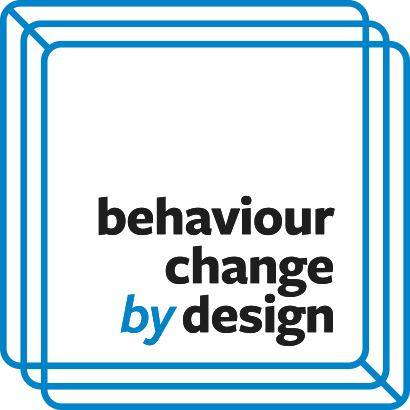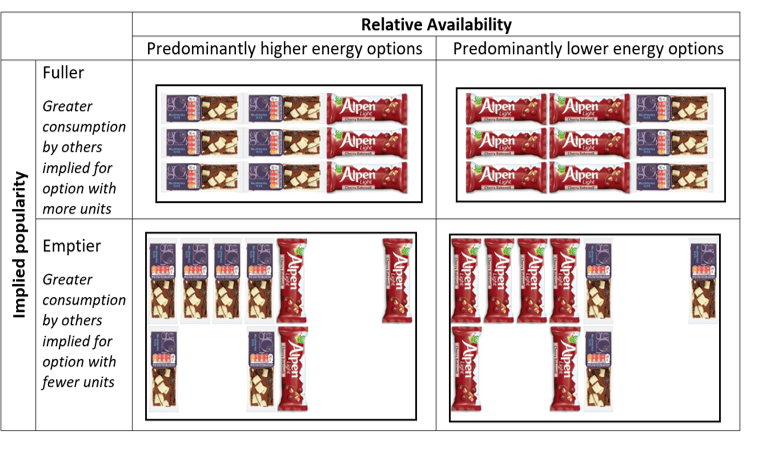



Posted: April 19, 2021

Increasing the availability of lower-energy foods increases their selection. Social norms might contribute to this effect: The relative availability of foods could imply how popular these options are, leading to changes in social norms, adding to their increased chances of being selected.
We investigated whether the relative availability of foods could imply popularity in an online study. Participants (2340 UK adults) were shown photos of cafeteria shelves that varied the proportion of lower-energy options (1/4, 1/2 or 3/4) and how full the shelves were. When shelves were fuller, a higher proportion of lower-energy options led to greater perceived popularity of lower-energy products, whereas when shelves were emptier, a higher proportion of lower-energy options led to lower perceived popularity.
In a second study we examined whether these changes in perceived popularity could affect selection of lower-energy foods in a laboratory setting. Participants (n=139) selected a snack from trays that varied the proportion of the lower-energy option (1/3 vs. 2/3) and how full the tray was. Results showed the same pattern as in the first study – albeit non-significantly: More lower-energy options were selected with a higher proportion of lower-energy options for fuller trays, and fewer when trays were emptier.
These studies suggest social norms may contribute to the impact of availability on food selection. In addition, they highlight that the effect of availability may be altered by display layout through changing the perceived popularity of products.
See the full journal article here